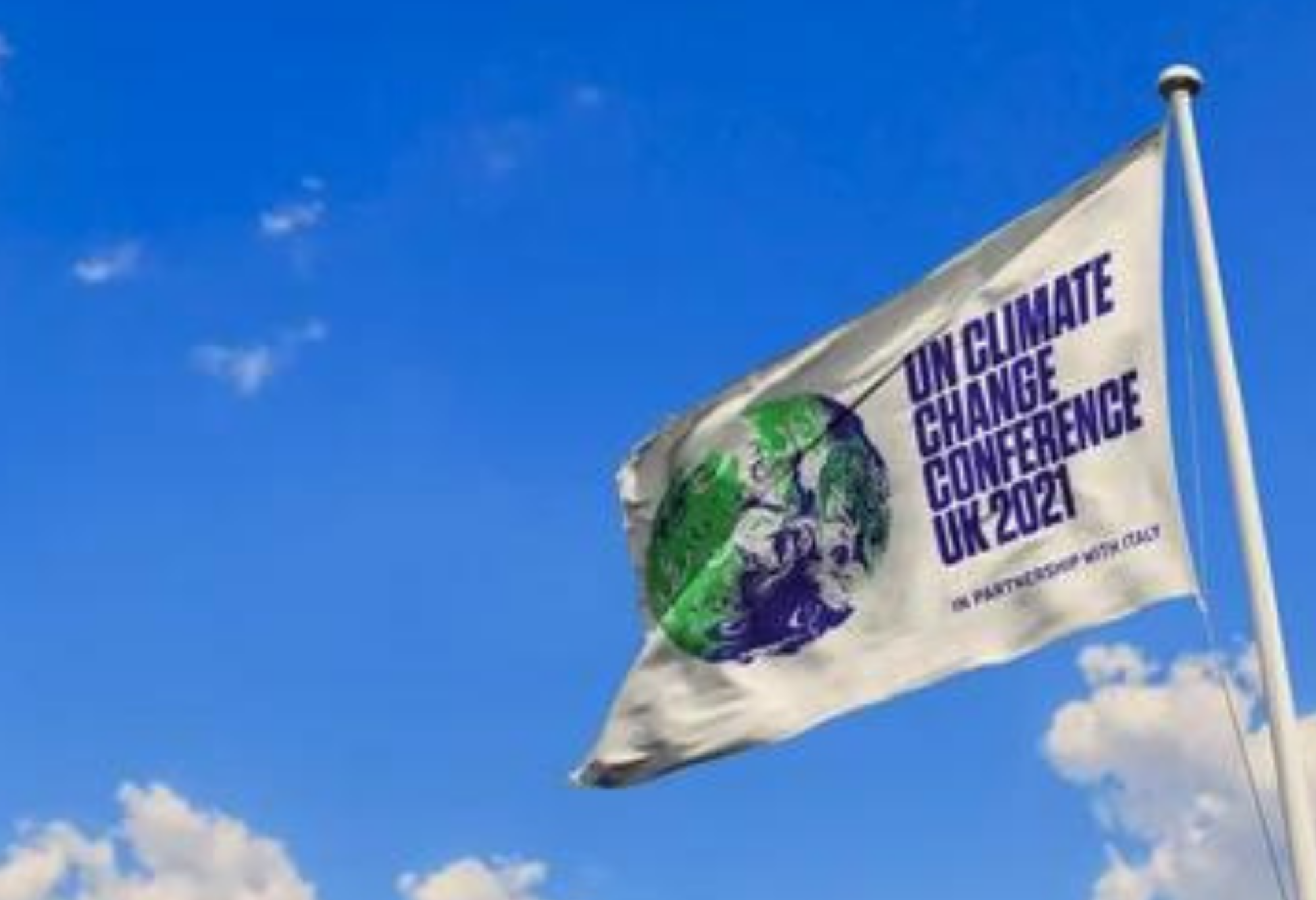Last week, COP26, the largest climate change conference in the world, concluded in the United Kingdom after 12 days of meetings between global leaders. COP26, or the Conference of Parties, is an annual U.N. meeting of 197 countries that have agreed to the U.N. Framework Convention on Climate Change. This decision-making body assesses how countries are dealing with the climate crisis and establishes legal obligations on these countries to reduce greenhouse gas (GHG) emissions. The overall goal of the conference is to reduce GHG emissions enough to keep the global temperature from rising more than 1.5 degrees Celsius, keeping the world from some of the most disastrous effects of climate change. Experts saw this year’s conference as holding a unique urgency, as many believed it to be the world’s best last chance to get runaway climate change under control.
This year marked 26 years of the annual summit, though many people consider the COP21 Conference in Paris to have been the most significant, due to the birth of the Paris Climate Agreement. There, every country agreed to work together to limit global warming to well below 2 degrees and aim for 1.5 degrees, to adapt to the impacts of a changing climate and to make money available to deliver on these aims. However, the commitments laid out in Paris did not come close to limiting global warming to 1.5 degrees, which is why this year’s summit in Glasgow was seen as critical to bringing nations together to commit to radically reduce their emissions. However, COP26 concluded with mixed reviews from the environmental community, and experts say the goals made this year fail to reach the Paris Agreement’s goal on limiting warming. So, was COP26 a success?
Takeaways
- The biggest takeaway of the conference was the creation of the Glasgow Climate Pact, which for the first time made a commitment to phase down coal and fossil-fuel subsidies. Acknowledging the need to phase out coal to drastically reduce warming was one of the biggest breakthroughs of the conference. However, it does not require that countries phase them out, which is a major point of contention for environmental advocates.
- More than 130 countries committed to halt and reverse deforestation by 2030. The 130 countries, which include Brazil, home to the Amazon Rainforest, possess 90% of the world’s forests. Deforestation has devastating effects on the climate, as forests are climate sinks that track carbon in the ground.
- The United States and United Kingdom led the creation of the Global Methane pledge, which signed on over 100 countries to cut methane emissions by 30% by 2030. Methane has more than 80 times the warming power of carbon dioxide over the first 20 years after it reaches the atmosphere, and cutting methane emissions is critical to radically reducing warming.
- The United States and China issued a joint pledge to work together to slow global warming. The United States and China are the two highest emitters of greenhouse gasses, and they said they would boost clean energy, combat deforestation and curb emissions of methane.
- India’s Prime Minister Narendra Modi pledged to cut India’s emissions to net zero by 2070, which was the first time the country of 1.3 billion people made a net-zero pledge. However, the pledge is 20 years later than the 2050 net-zero pledge made by most other countries at COP26.
- Countries at Glasgow pledged to set up climate finance mechanisms to help countries already suffering loss and damage due to the climate crisis. Talks urged developed countries to scale up climate finance, technology transfer and capacity-building, and to follow through on their pledge to help developing countries transition to greener economies and adapt to the climate crisis.
- While the commitments made at the conference will move us forward in a more positive direction, the graph below shows how the commitments made are basically a drop in the bucket.

As the second-largest emitter of greenhouse gasses, the United States has a gigantic role to play in the radical reduction of emissions necessary to control disastrous global warming. COP26 will only be a success if we all can work together to address climate change. Nature based solutions to climate change can and should be part of the proposed actions, as it provides upwards of 30% of the solution to tackling climate change. Commitments to stop deforestation, restore land and water, and protect it from degradation are all commitments that have a direct impact on the Midwest and the Chicagoland region in addition to cutting methane and fossil fuel emissions. Openlands is advocating for proposals like a new Civilian Conservation Corps included in the Build Back Better bill, America the Beautiful, and the REPLANT Act. You can help by reaching out to your senators and representatives to ensure these bills pass, and the US leads the way in tackling climate change.
